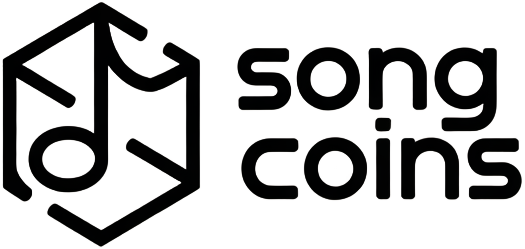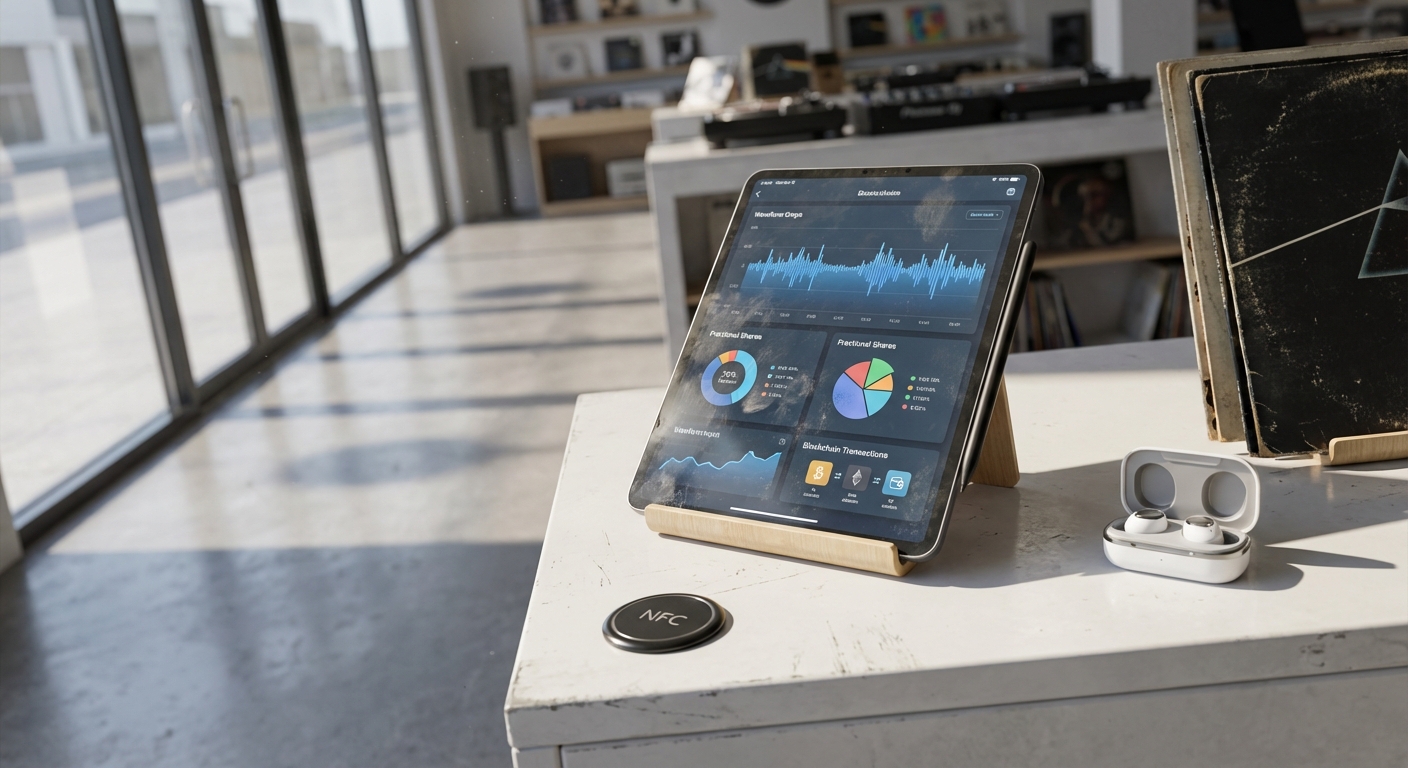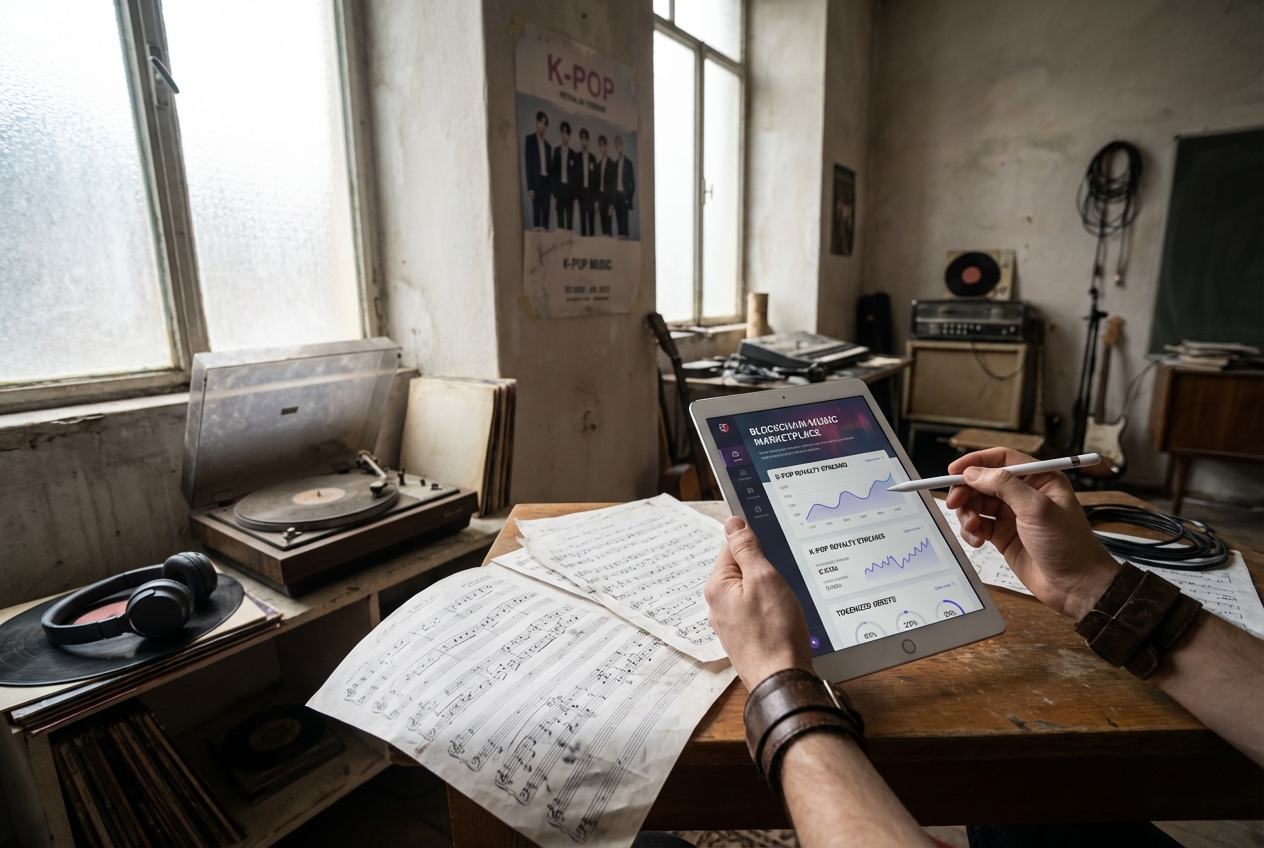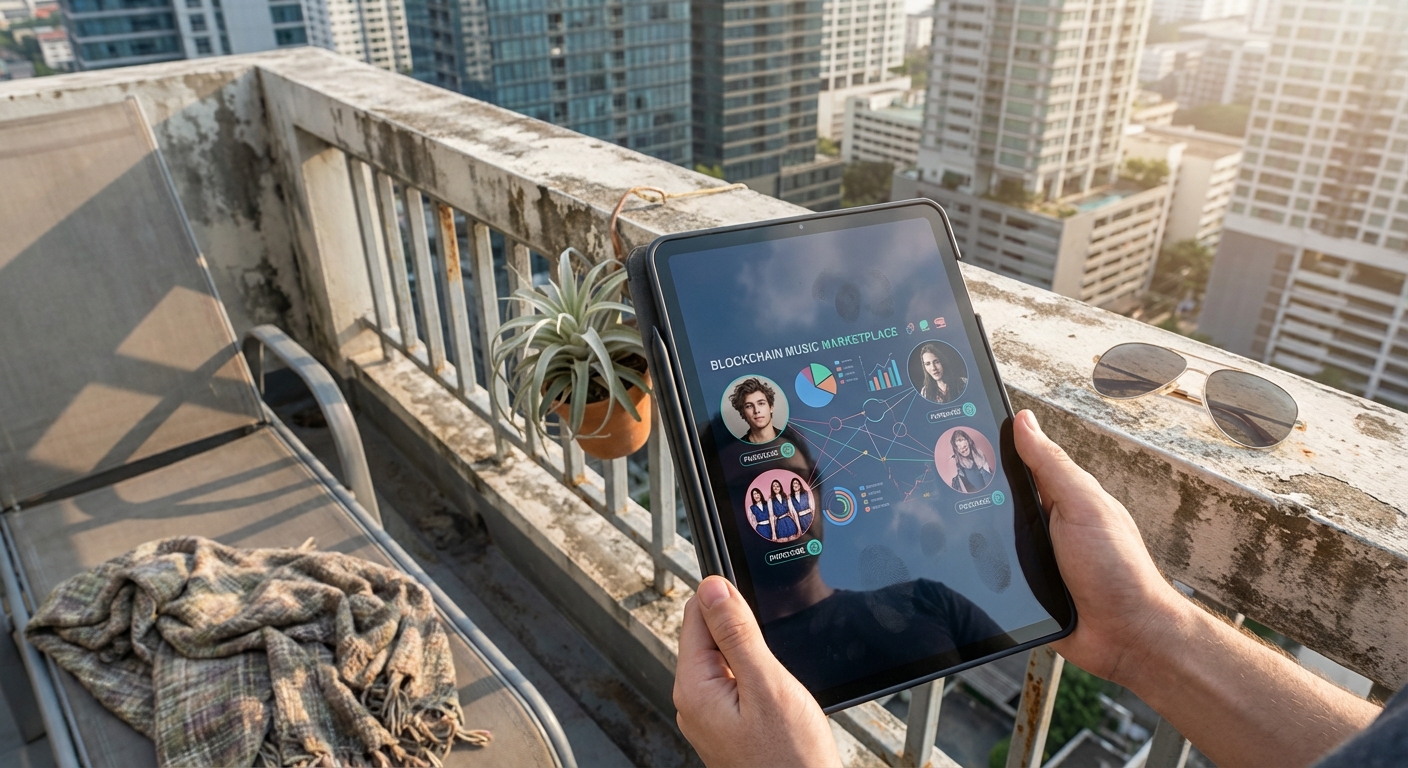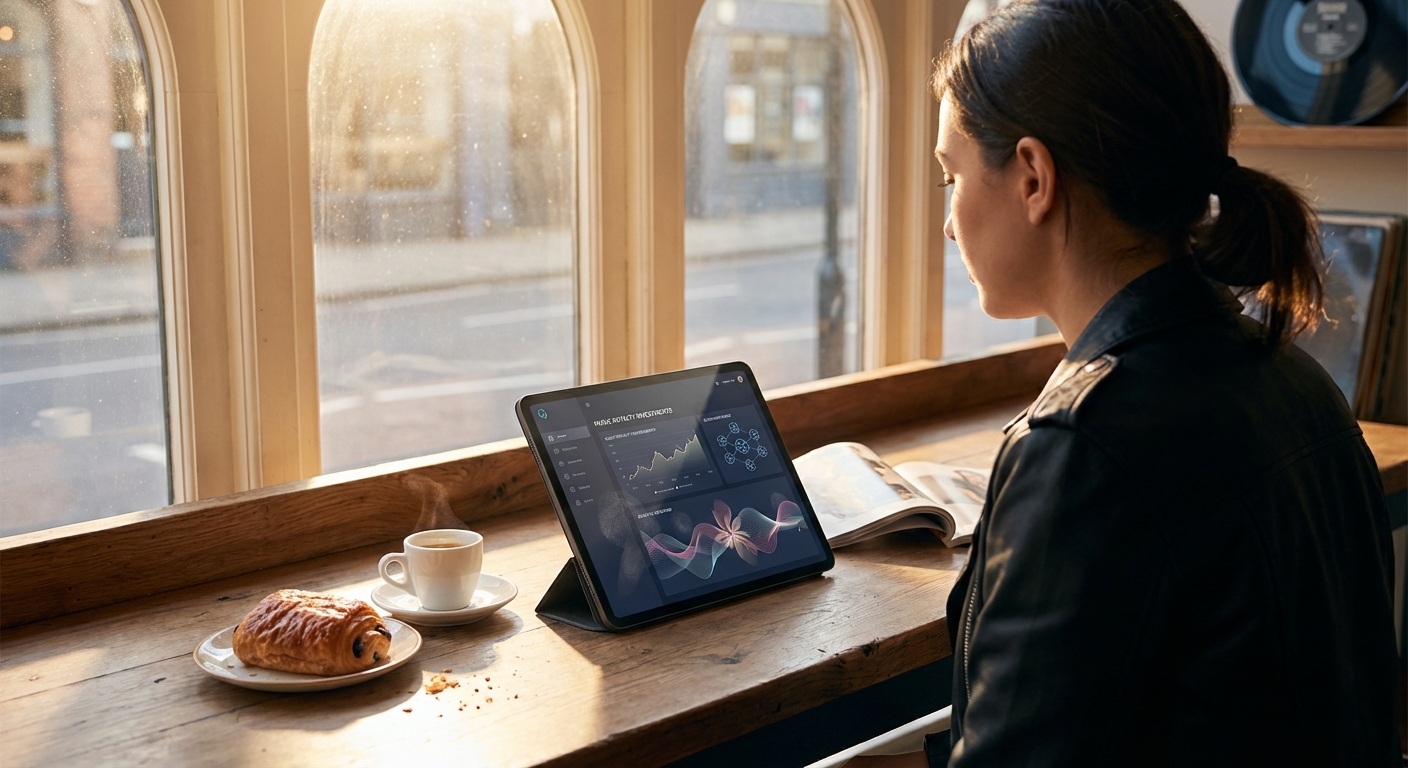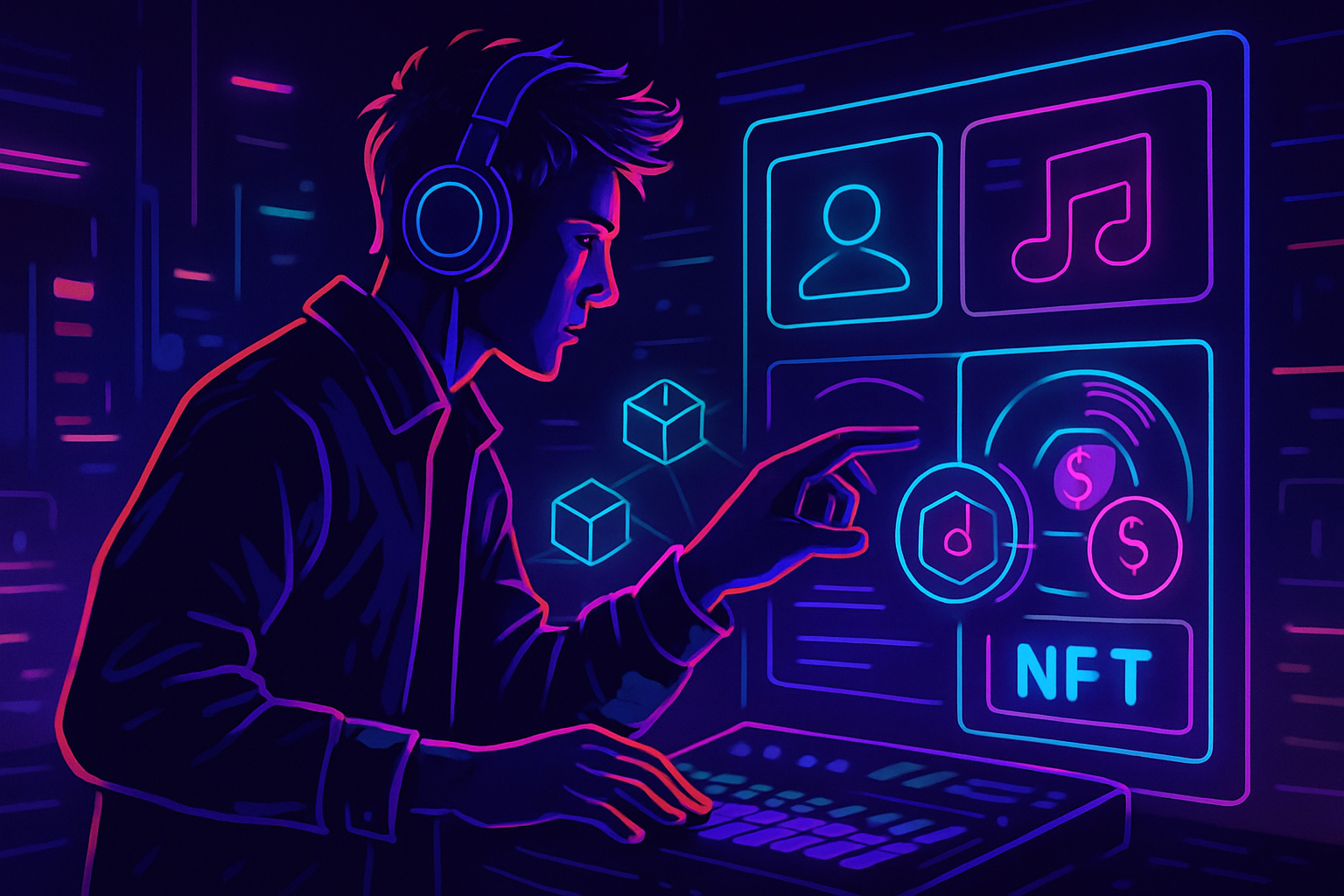
Blockchain-powered music marketplaces are rewriting the rules of royalty earnings for artists, leveraging the power of NFTs to unlock new revenue streams and creative freedom. In a legacy industry notorious for opaque accounting and middlemen, blockchain music royalties are bringing radical transparency, automated payments, and direct fan engagement to the forefront. The result? Independent artist royalties are no longer a pipe dream, but a measurable reality.
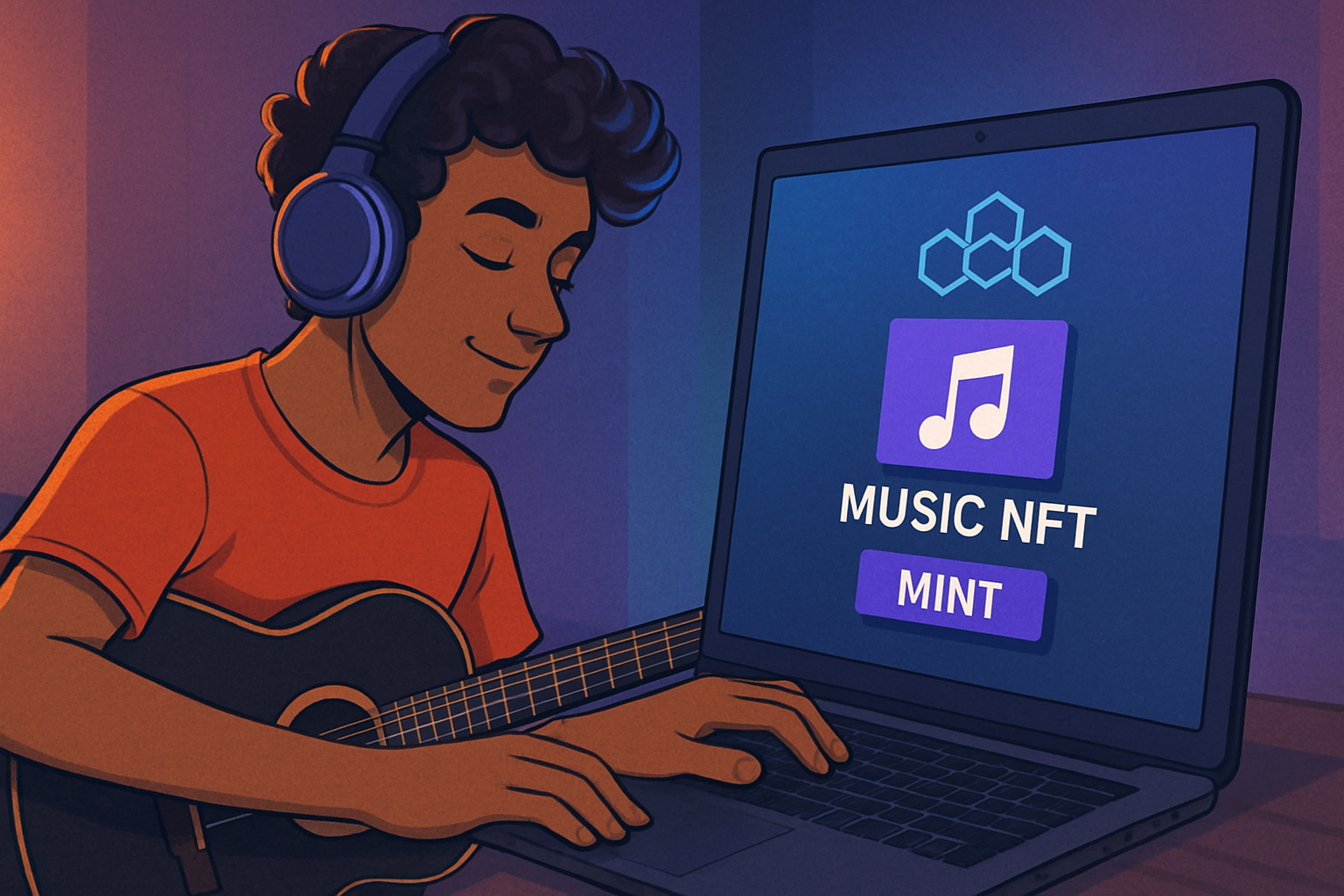
Direct Fan Engagement and Fractional Ownership
One of the most disruptive aspects of the music NFT marketplace is the ability for artists to offer fractional music ownership directly to fans. Platforms like Royal allow musicians to mint NFTs representing shares in a song’s future earnings. For example, in May 2022, The Chainsmokers distributed 4,000 NFTs to fans through Royal, each tied to a portion of streaming royalties from their album. This model not only raises immediate capital but also forges a tighter artist-fan bond, as supporters literally invest in the music’s success.
Key Benefits of NFT Music Revenue Sharing
-
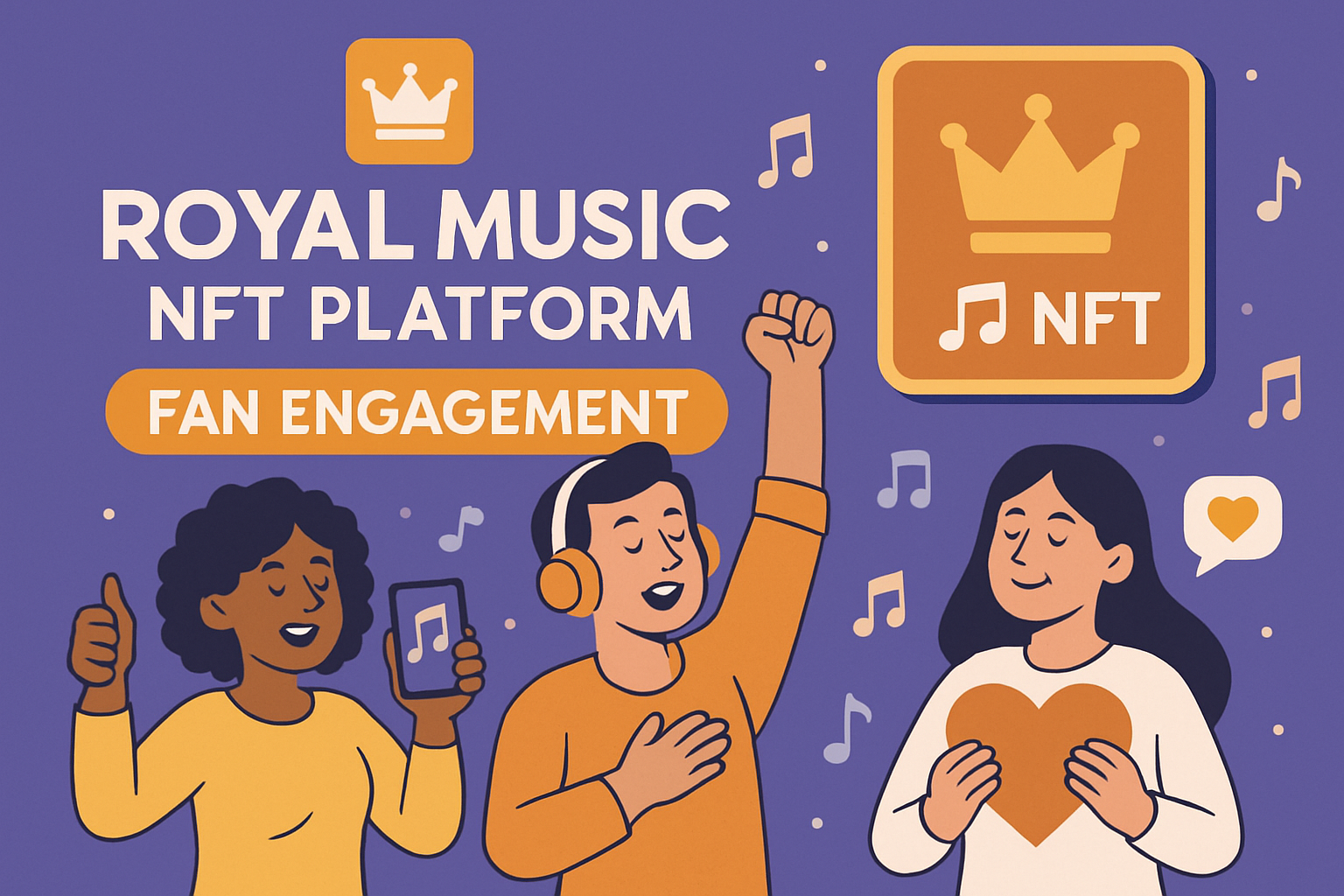
Direct Fan Investment and Engagement: Platforms like Royal allow artists to sell shares of their songs as NFTs, enabling fans to own a portion of future royalties and deepening artist-fan relationships.
-
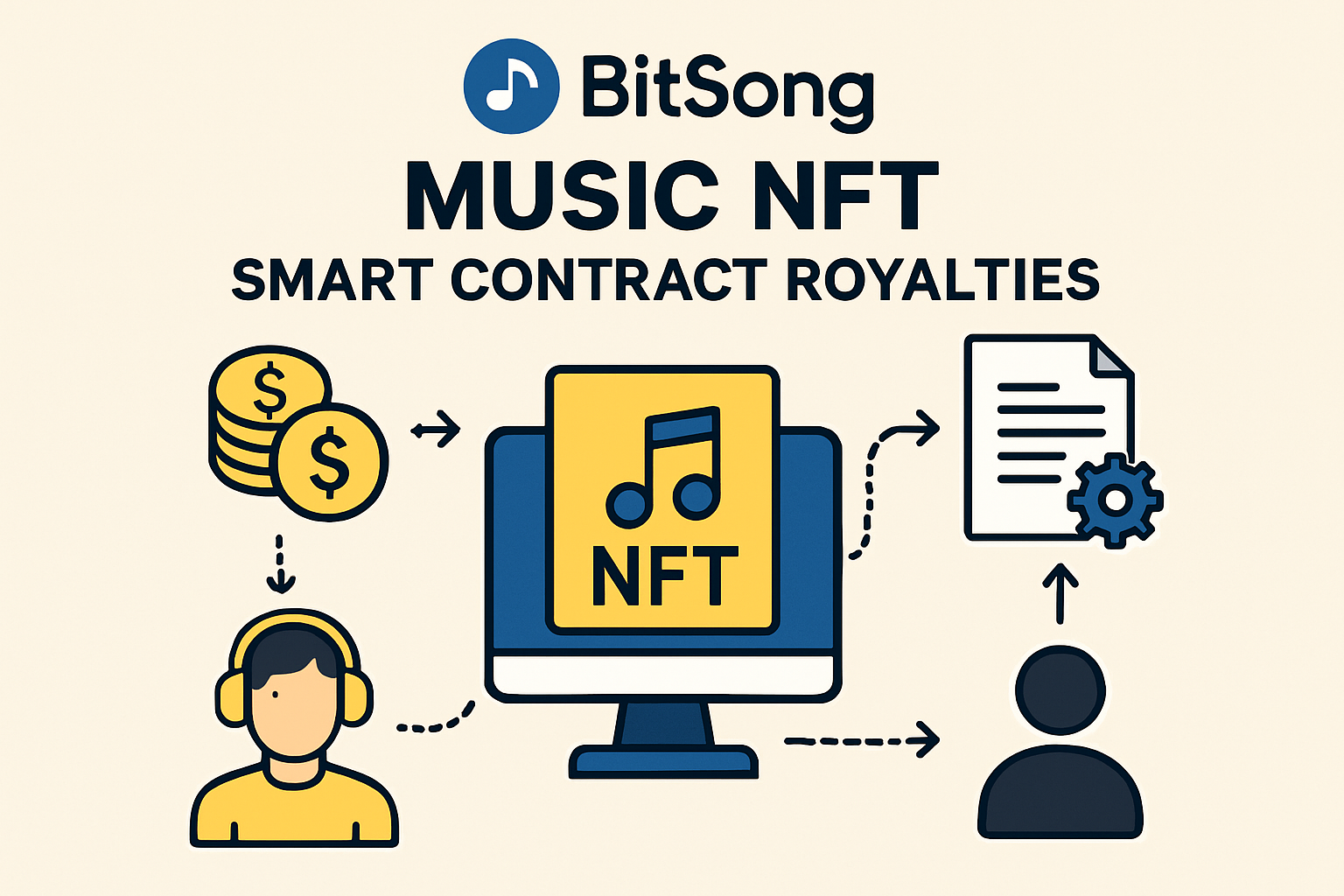
Automated and Transparent Royalty Payments: NFT marketplaces such as BitSong use smart contracts to ensure artists automatically receive royalties from both primary sales and secondary market resales, reducing delays and disputes.
-
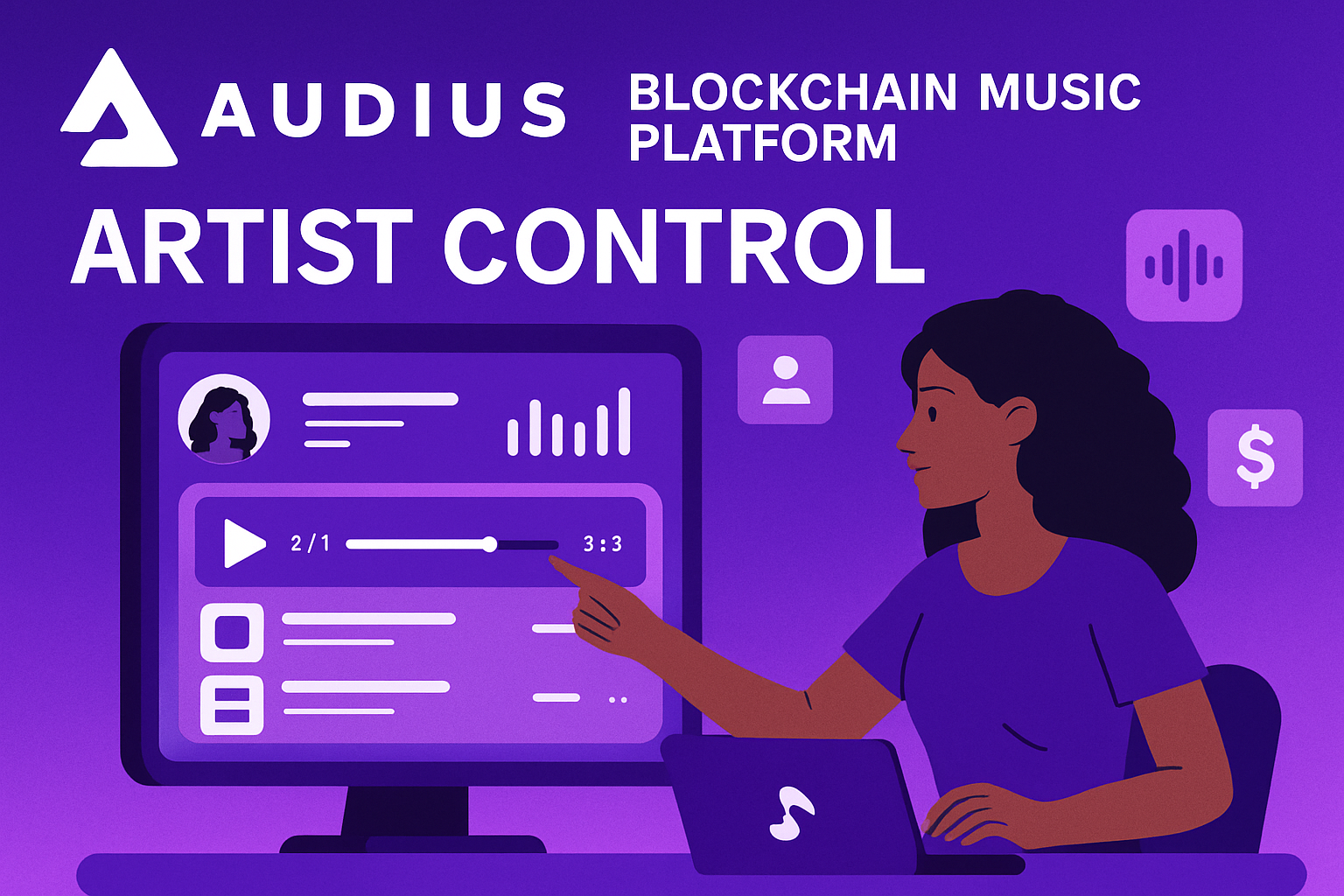
Artist Control and Ownership: Platforms like Audius empower musicians to upload music directly, mint NFTs, and bypass traditional intermediaries, preserving creative and financial control.
-
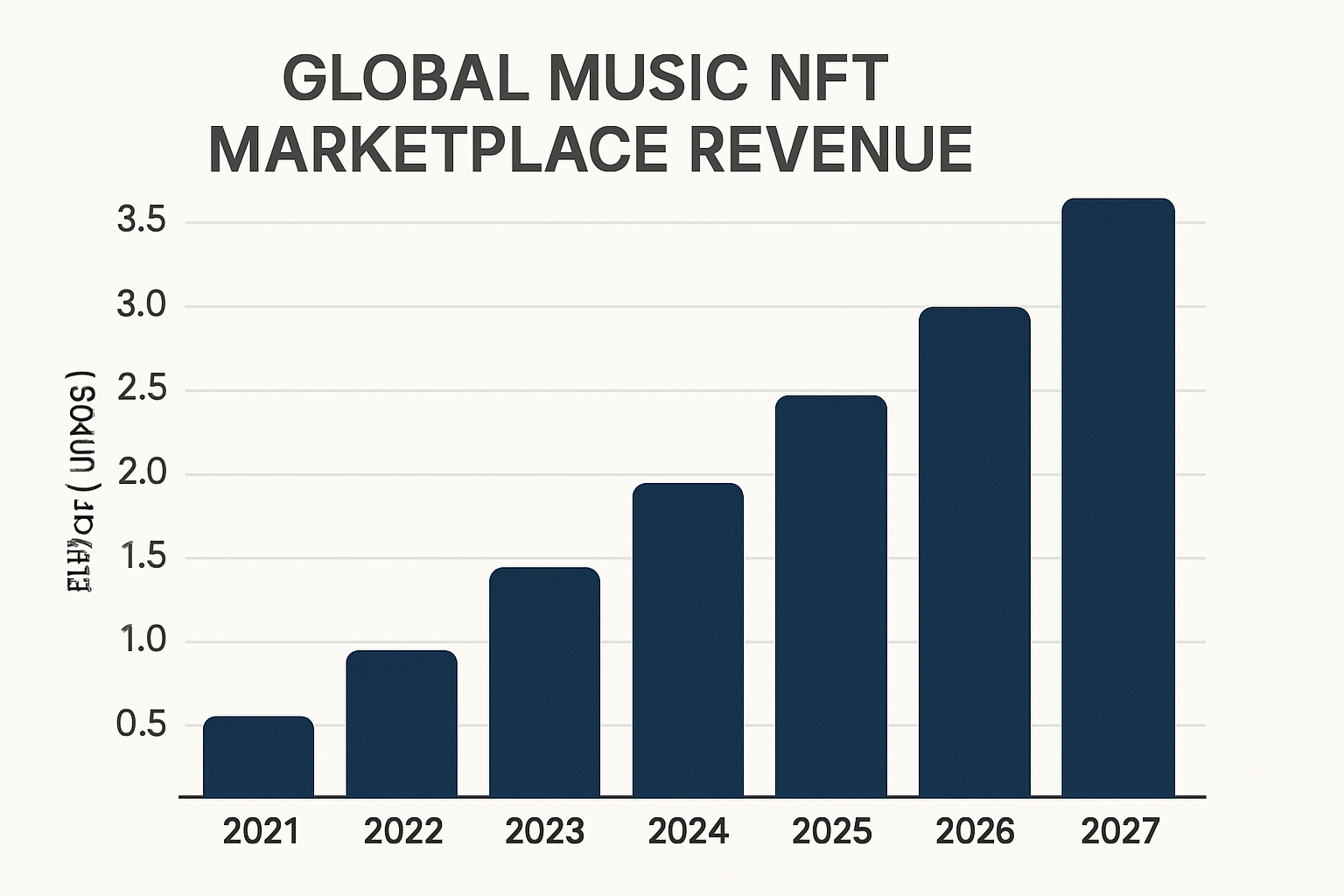
Global, Borderless Revenue Streams: NFT music marketplaces operate on blockchain networks, allowing independent artists to reach international audiences and receive payments without geographic restrictions or banking barriers.
-
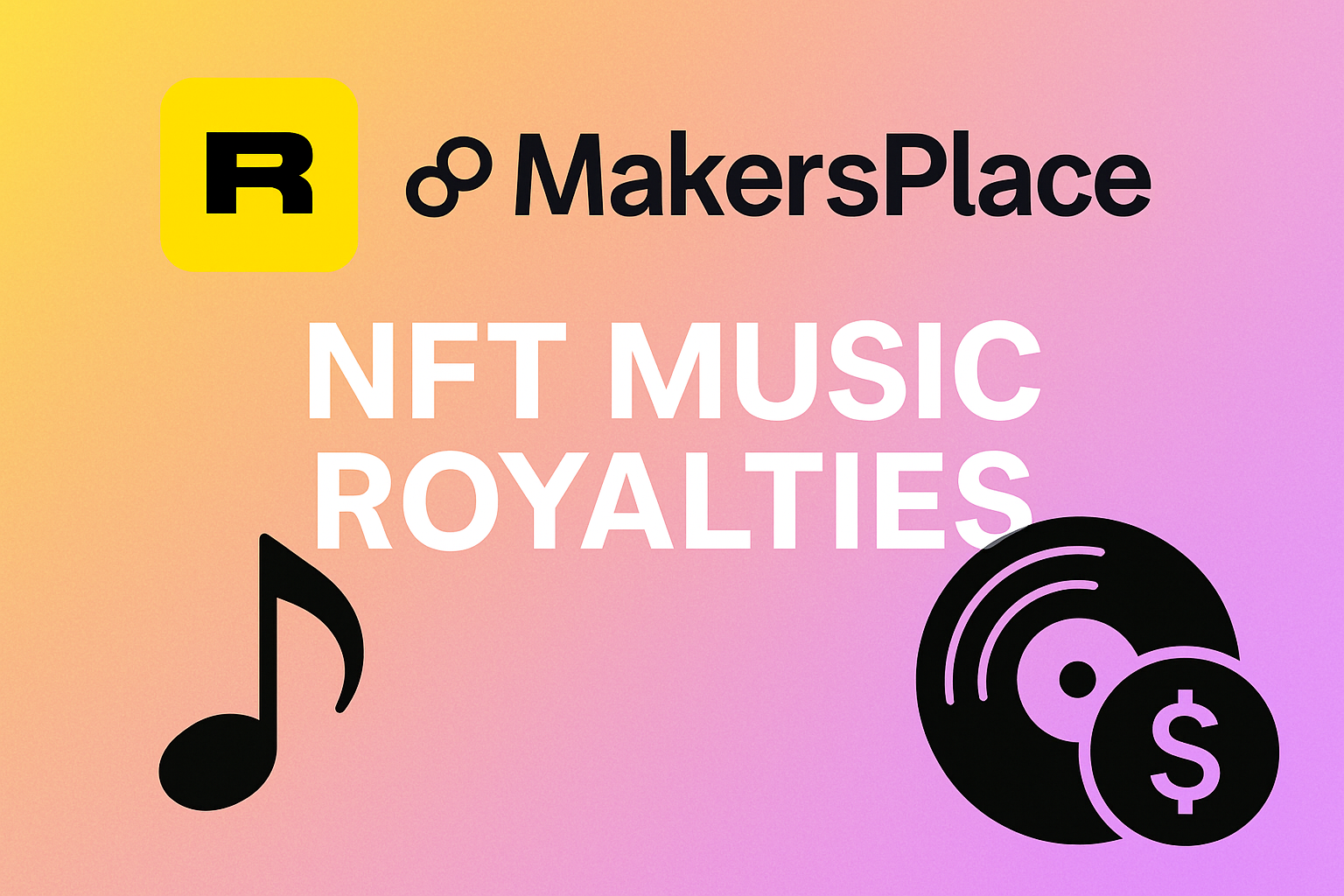
Recurring Earnings from Secondary Sales: Marketplaces such as MakersPlace and Rarible offer up to 10% royalties on every resale, ensuring artists benefit financially as their work gains value over time.
Other platforms such as Catalog. works and Vuzec are following suit, letting artists mint one-of-one digital records or collections, bypassing traditional gatekeepers. By putting music rights on-chain, artists gain a new level of autonomy over how their work is distributed and monetized. Fans, in turn, get provable ownership and the potential for passive income as the music generates streaming or licensing revenue.
Automated Royalty Distribution with Smart Contracts
Traditional royalty payments can take months or even years to reach creators, often diluted by layers of intermediaries. Blockchain royalty platforms solve this by embedding royalty logic directly into NFTs via smart contracts. Every time an NFT is sold or traded on the secondary market, a programmed percentage of the sale price is instantly routed to the original artist’s wallet. This is true on platforms like Rarible and MakersPlace, where up to 10% royalty on every resale is standard.
The benefits extend beyond speed. Transparency is built in: every transaction is recorded on-chain, so artists and investors can audit earnings in real time. This eliminates the guesswork and disputes that have plagued the industry for decades. For those interested in the mechanics of instant royalty payments and fractionalization, check out our in-depth guide: How Blockchain Is Empowering Musicians: Fractional Ownership and Instant Royalty Payments with Music NFTs.
Diverse Marketplaces and Opportunities for Artists
The on-chain music investment landscape is rapidly expanding, with specialized platforms catering to every niche:
- Audius: Decentralized streaming and NFT minting for independent musicians
- Royal: Fractional royalty sales and direct fan investment
- Catalog. works: One-of-one digital records on Ethereum
- ANote Music: Marketplace for building royalty portfolios, once reserved for labels
Each platform offers unique features, but the core value proposition remains: empowering artists to monetize their work transparently and globally. As NFT music revenue sharing becomes mainstream, expect even more innovation around licensing rights, bundled assets, and community-driven releases.
Still, the rapid evolution of blockchain music royalties isn’t without friction. Some NFT marketplaces have begun to sidestep traditional royalty models, igniting fierce debate in the creator community. In October 2022, LooksRare’s decision to halt direct royalty collection in favor of protocol fee redistribution highlighted the volatility of on-chain revenue sharing. For independent artists, this underscores the importance of choosing platforms that prioritize creator compensation and transparent royalty enforcement.
Despite these challenges, the momentum is undeniable. Forward-looking platforms like MusicMoon and Infinity Technologies are doubling down on artist-first models, allowing musicians to retain rights, set custom royalty splits, and build loyal fan communities around NFT drops. The result: a new era of on-chain music investment, where both creators and fans participate in the upside of streaming, licensing, and secondary market sales.
How Blockchain Royalty Platforms Are Changing the Game
What sets blockchain royalty platforms apart is their ability to automate and democratize music revenue. Smart contracts ensure that every transaction, whether it’s a fan buying an NFT or a collector reselling it, triggers instant, tamper-proof payments to all stakeholders. This removes the bottlenecks of legacy royalty collection societies and gives artists real-time visibility into their earnings.
Fractional music ownership is also opening the door for micro-investors and superfans. Instead of needing label-level capital, anyone can buy a small share in a song’s future revenue stream. This not only diversifies artist income but also creates a new asset class for on-chain music investment. For a deeper dive into how fractionalization works and its impact on both artists and collectors, see How Blockchain Enables Fractional Ownership of Music Royalties: A Guide for NFT Investors.
As the ecosystem matures, expect to see more sophisticated tools for tracking, trading, and analyzing music NFT portfolios. Transparent dashboards, secondary market analytics, and automated payout systems are becoming standard features, making it easier for both artists and investors to participate with confidence.
Top Blockchain Music Royalty Platforms & Features
-
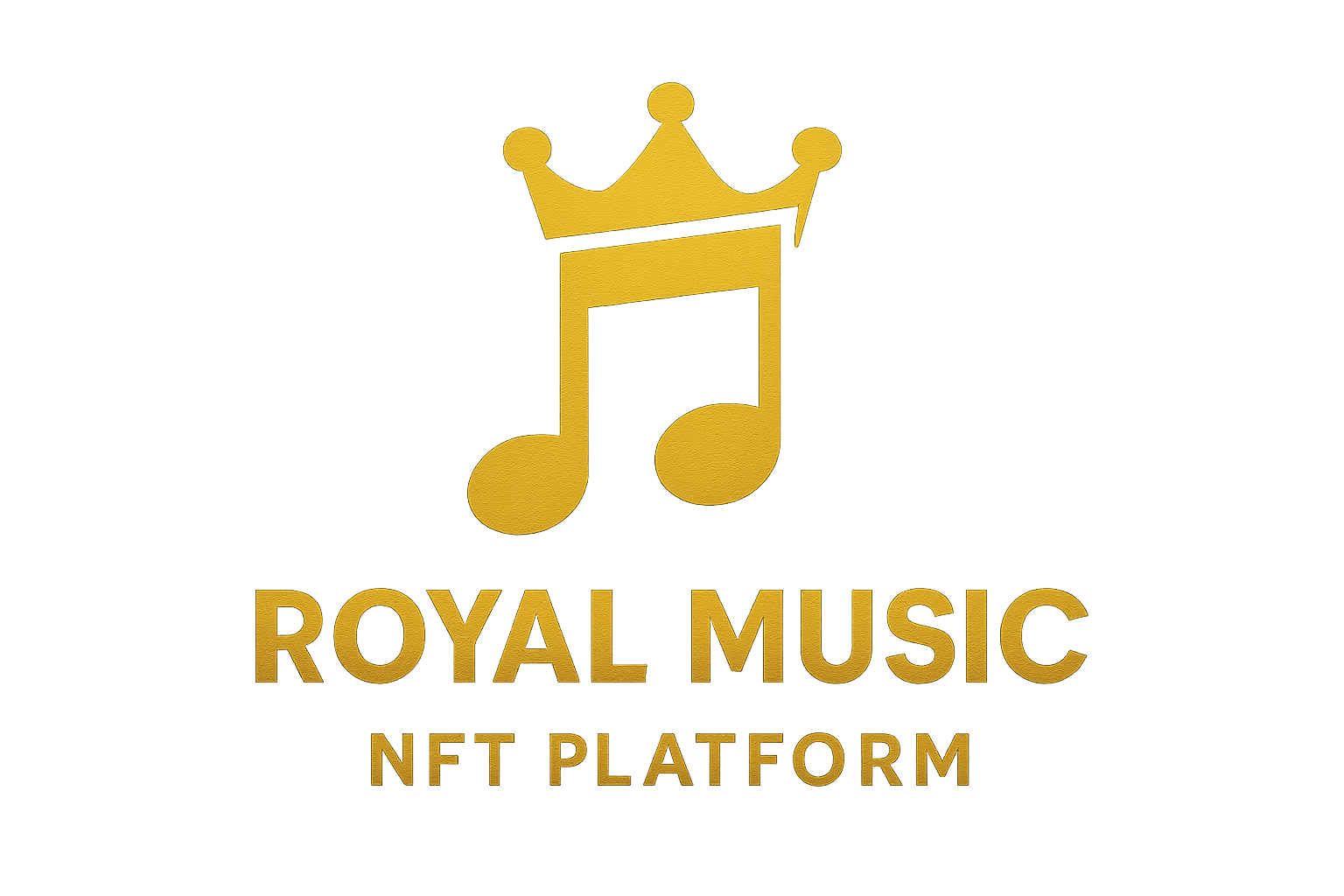
Royal: Empowers artists to sell fractional NFT ownership of songs, granting fans a share of streaming royalties. Notably, The Chainsmokers distributed 4,000 NFTs via Royal, giving holders direct royalty participation.
-
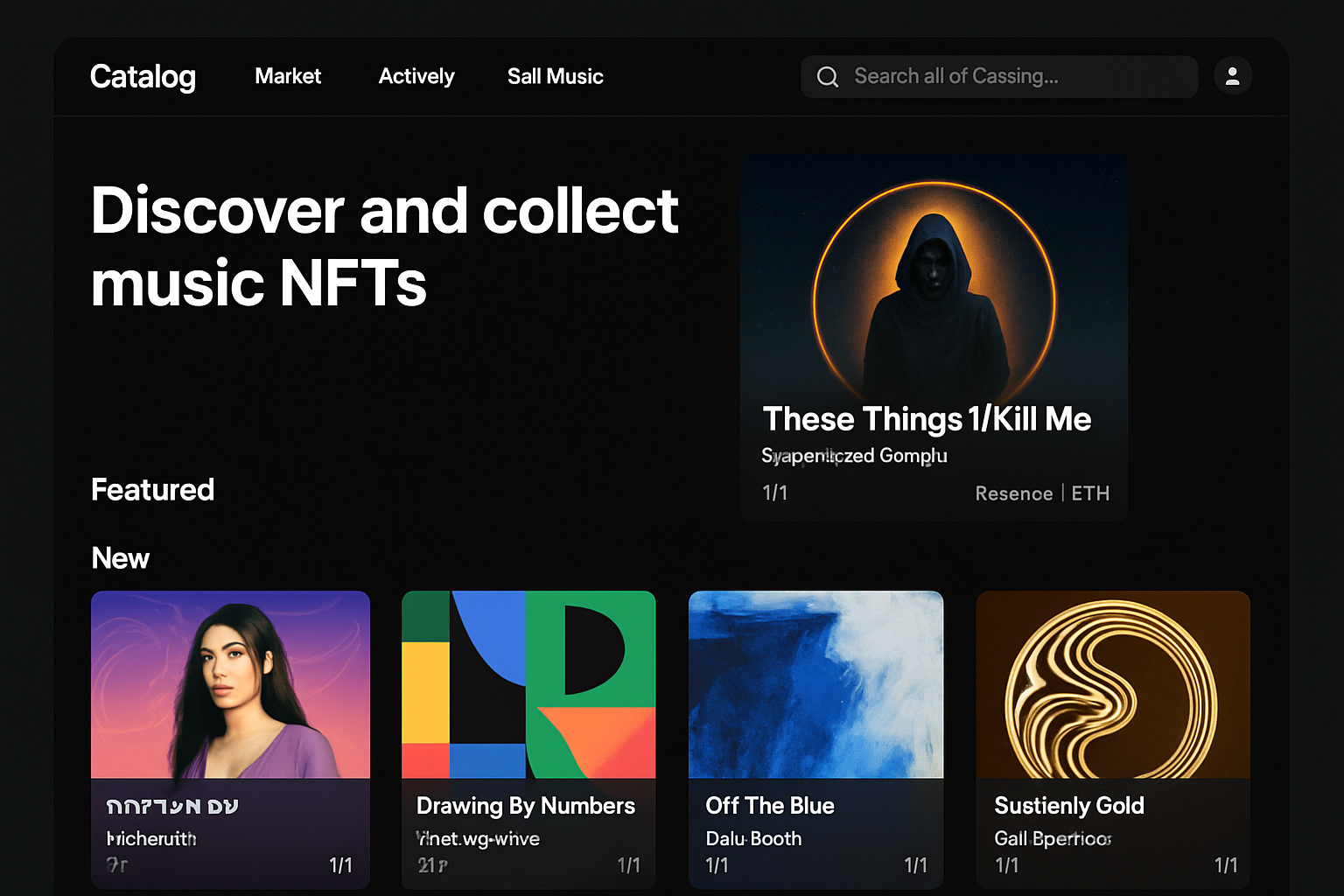
Catalog.works: Lets musicians mint one-of-one digital records on Ethereum, ensuring unique ownership and direct sales. Artists retain full rights and set their own prices for each track.
-
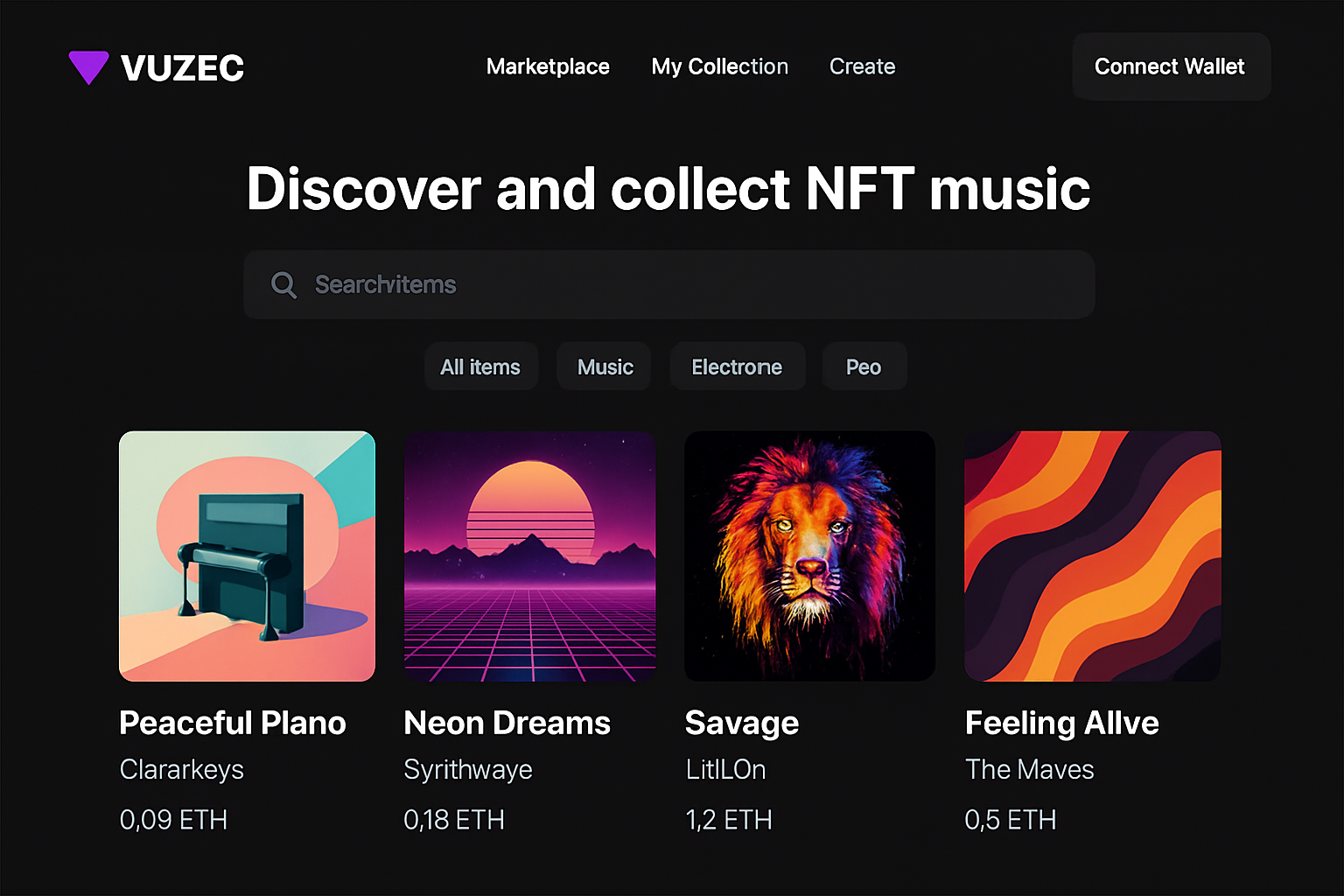
Vuzec: A dedicated NFT music marketplace offering artists a digital alternative to record labels, with transparent royalty tracking and direct fan engagement.
-
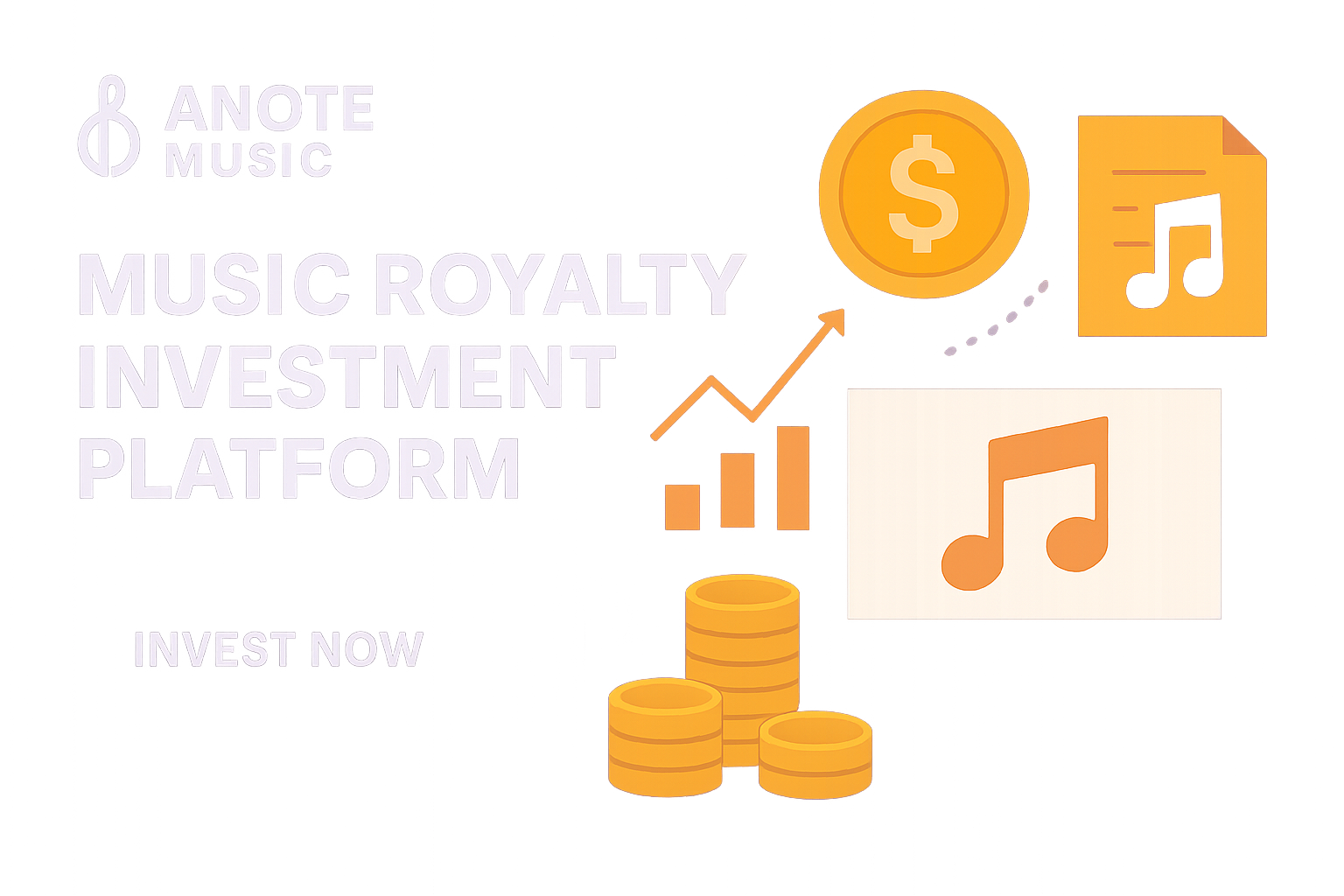
ANote Music: Opens music royalty investment to the public, allowing users to buy shares of future royalty streams, traditionally reserved for industry insiders, with transparent blockchain-based tracking.
-
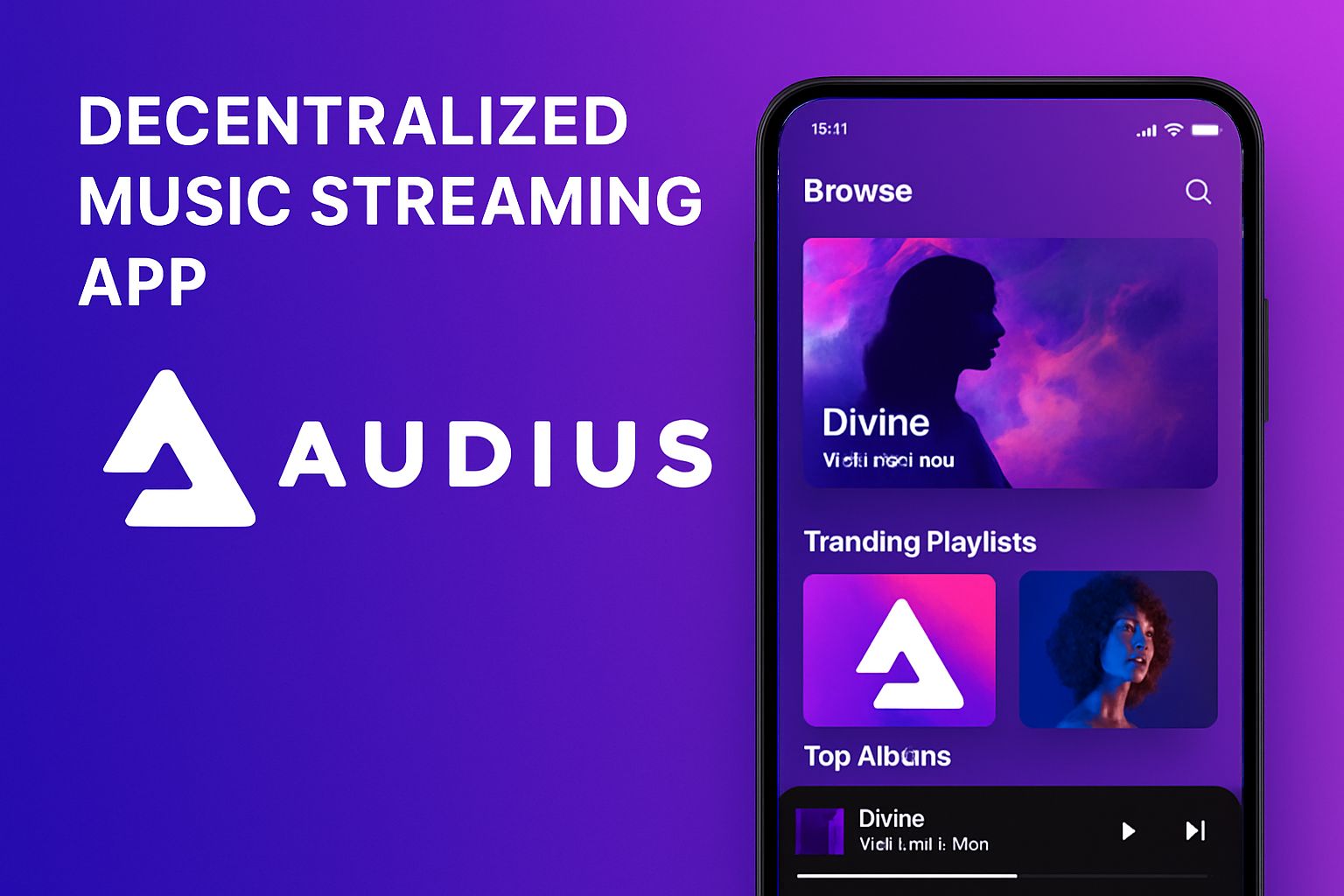
Audius: Decentralized streaming platform where artists upload music directly to the blockchain, monetize via NFTs, and bypass intermediaries for greater royalty control.
-
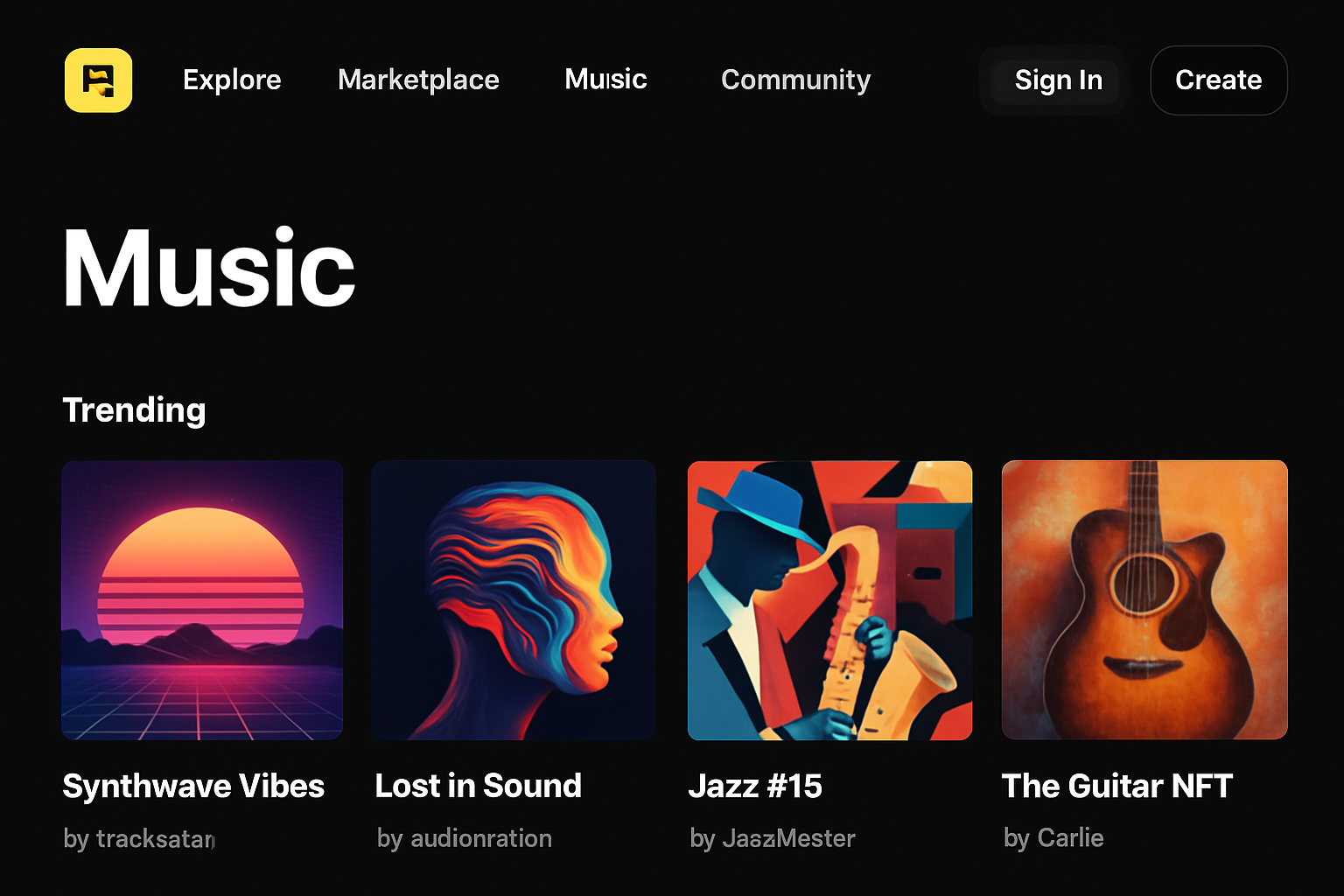
Rarible: Multi-chain NFT marketplace supporting up to 10% creator royalties per sale, with music NFT support and fiat payment options for broader accessibility.
-
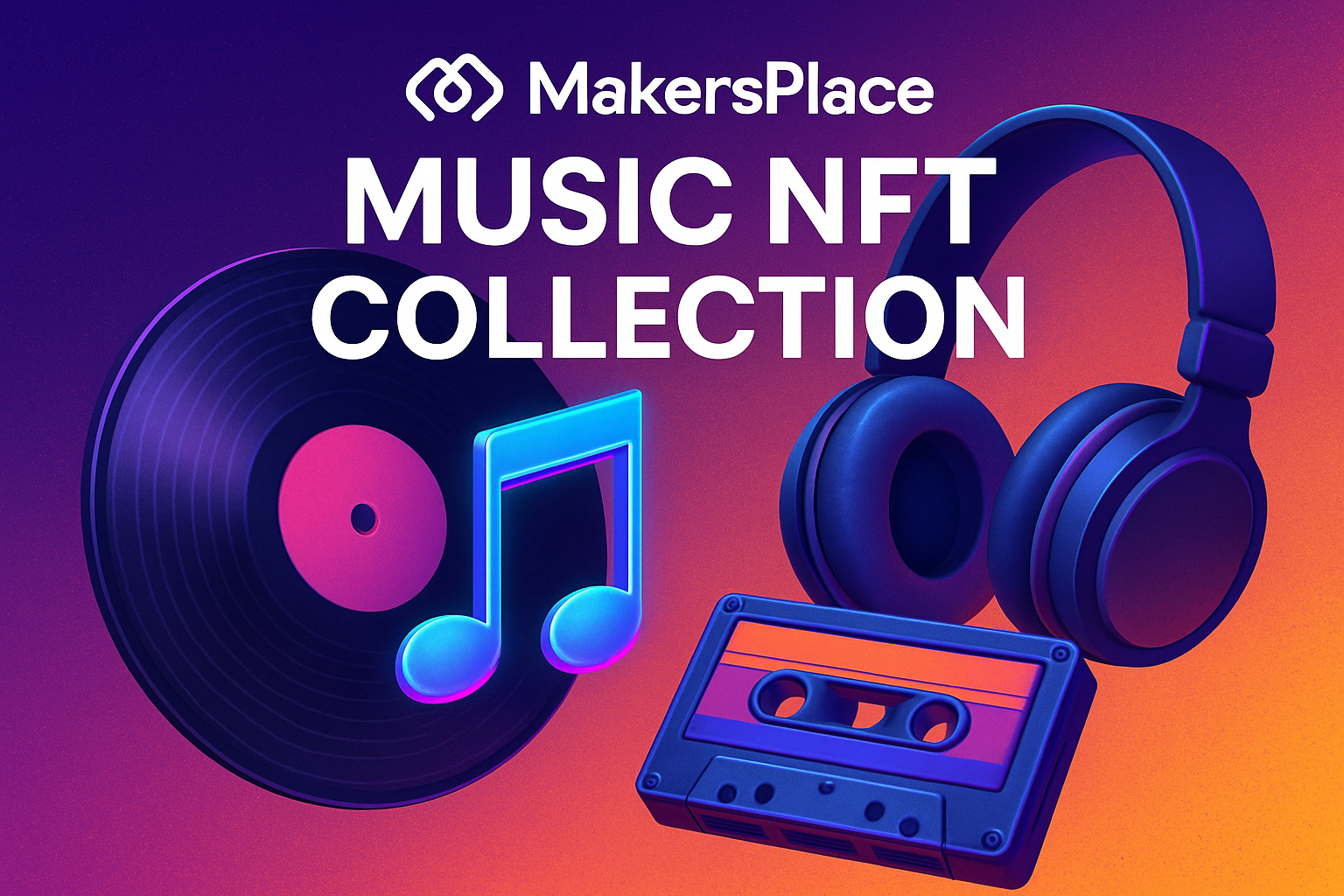
MakersPlace: Focuses on limited-edition digital collections, collaborating with major labels and offering a standard 10% royalty on every secondary sale for music NFTs.
What’s Next for NFT Music Revenue Sharing?
The next frontier is interoperability and cross-platform royalty flows. As more music NFT marketplaces integrate with streaming services and global payment rails, artists will gain access to seamless, borderless revenue streams. Community curation, token-gated experiences, and bundled rights sales are already gaining traction, pushing the boundaries of how music is owned and monetized in the digital age.
Ultimately, blockchain-powered music marketplaces are shifting the balance of power, putting independent artist royalties and fan engagement at the center of the industry. For creators willing to embrace on-chain tools and NFT music revenue sharing, the future looks transparent, participatory, and full of upside.
